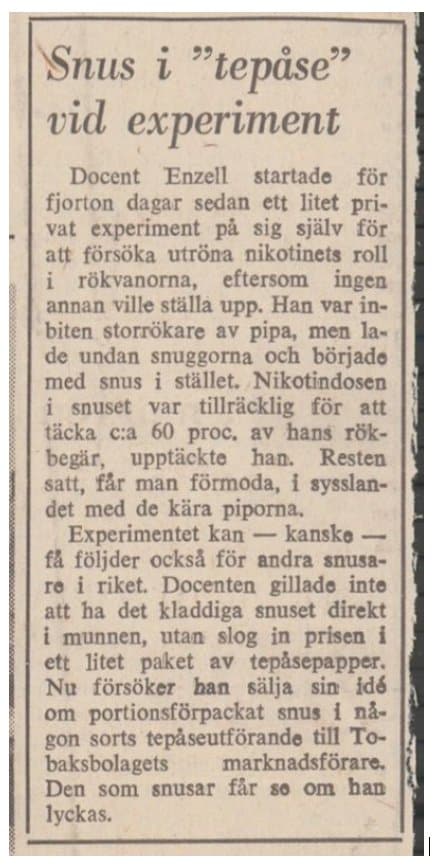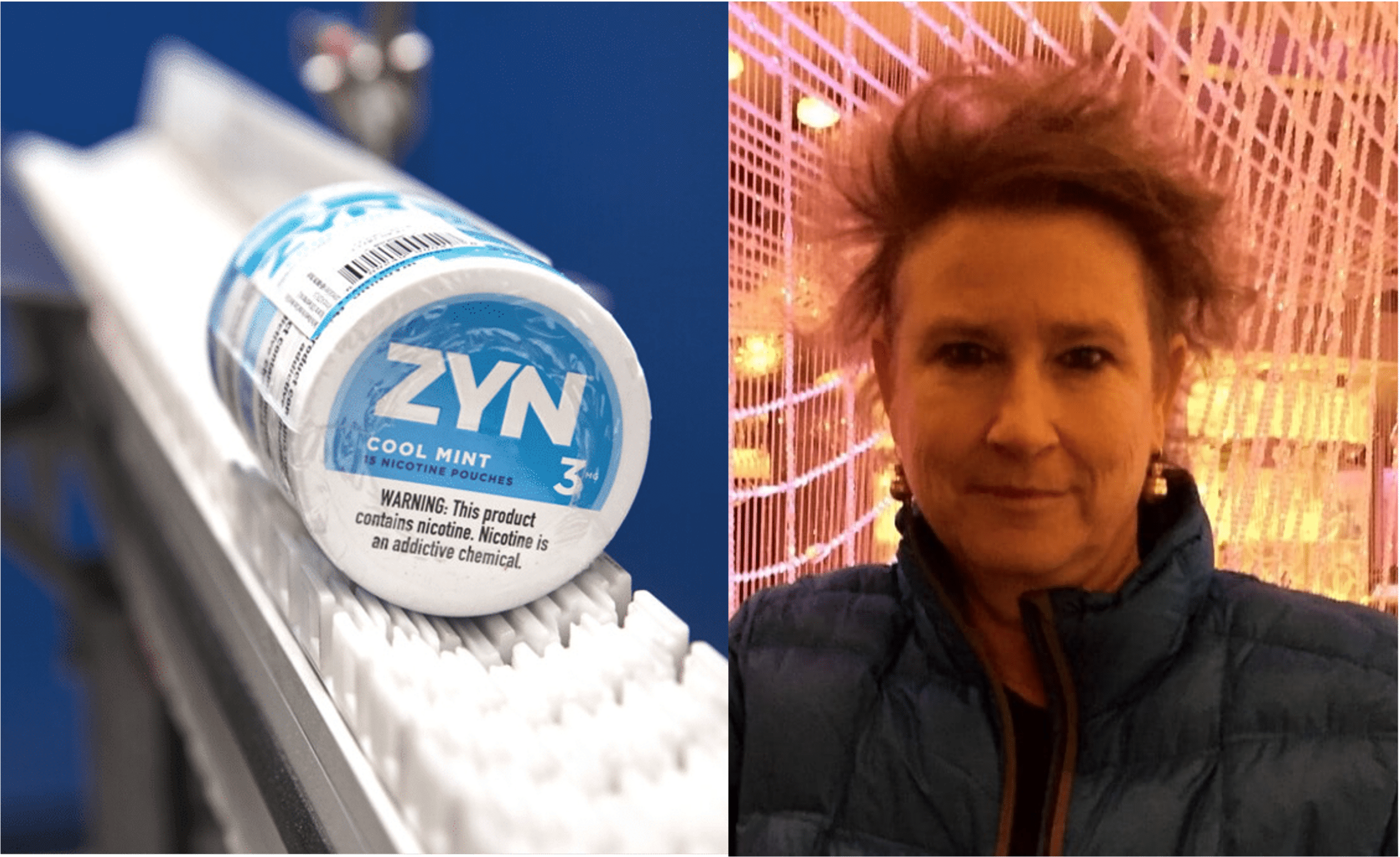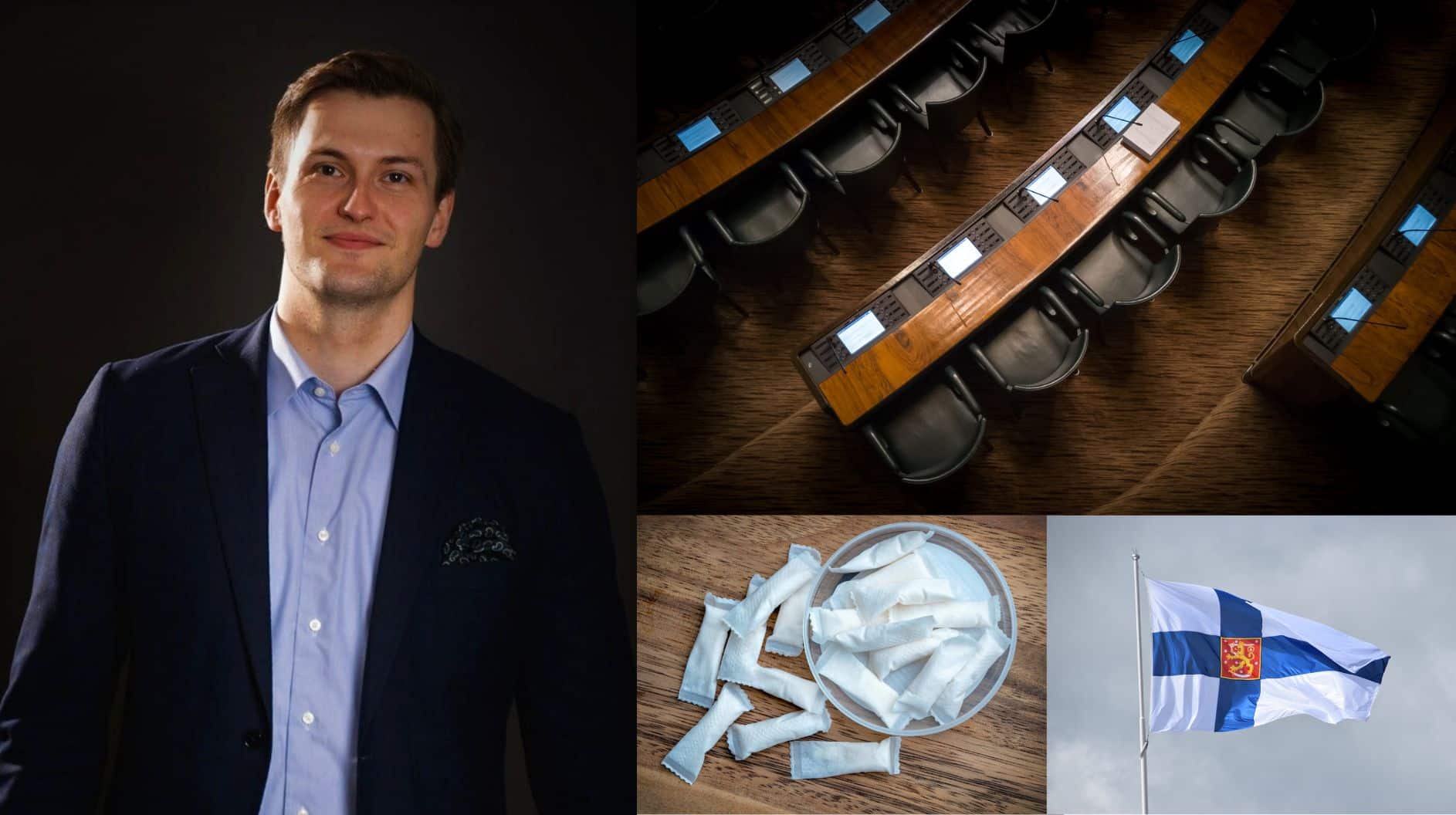
Curt Enzell: The tea-loving scientist who spawned a snus revolution
For the latest in our Harm Reduction Heroes series, we tell the story of Curt Enzell, the little-known Swedish scientist who had an outsize impact on snus and modern oral nicotine products. And it all started with his love of tea.
In 1967, readers of the Swedish newspaper Svenska Dagbladet were met with the following headline: “Experiment with snus in a ‘tea bag’”.
The accompanying text explained that Professor Curt Enzell had wrapped loose snus in tea bag paper and pitched the innovation to his employer, Swedish tobacco monopoly Tobaksbolaget – the company that eventually became Swedish Match.
“Those who snus will find out if he succeeds,” the article states.
Professor Enzell’s “experiment” eventually led to the development of what is today known as portion snus. He helped make snus popular at a time when cigarette smoking was near its peak, sparking a major transition in Swedes’ nicotine consumption habits.
Since then, portion snus has overtaken traditional loose snus as the oral tobacco product of choice among Swedes. Those small, iconic snus pouches also helped inspire the development of tobacco-free nicotine pouches.
Curt Enzell: The ‘father of portion snus’
Enzell’s “tea bag” innovation forever changed how Swedes consume nicotine, sparking what researchers and consumer advocates refer to as the Swedish Experience: the phenomenon whereby a population’s tobacco and nicotine consumption does not result in high rates of tobacco-related disease and mortality.
In the eyes of many, the work of this unassuming Swedish scientist is one of the major contributing factors to why Sweden today is on the brink of becoming the world’s first smoke-free country as defined by the WHO.
But who is this so-called “father of portion snus” who found loose snus so sloppy that he devised a solution that revolutionized snus use?
Today, Curt Enzell is 93 years old and it’s been more than a decade since he last slipped a snus pouch under his lip. Once upon a time, his brand of choice was Tre Ankare, which he claims was the very first “real” portion snus produced by Swedish Match when it hit the market in 1977.
He has been in a unique position to study tobacco and snus during his years in the laboratories of the Swedish tobacco monopoly. But what ended up becoming his “big idea” came from an experiment he carried out for personal reasons.
A belated start at Tobaksbolaget
In the 1960s, Enzell was an avid pipe smoker. Like cigarette smoking, it was popular at the time. He had studied at Sweden’s Royal Institute for Technology in Stockholm (KTH) and was a doctor in organic chemistry when, in 1962, he was approached by Sweden’s tobacco monopoly. But rather than join the company right away, he chose to accept a coveted research appointment in New Zealand instead.
“Having just received one of the New Zealand government’s two ‘senior research fellowships’, I chose to spend 1963 and half of 1964 in New Zealand,” Enzell tells Snusforumet in an email.
Upon his return to Sweden In 1964, he was once again approached by the tobacco monopoly.
“I started the Tobacco Company’s very first research department as the company’s head of research,” he recalls in an interview with the Snus and Match Museum in Stockholm.
“I got about four employees at the start. After a few years, we had about 12 employees for whom I had full responsibility.”

Breaking new ground in tobacco
There are hundreds of thousands of tobacco varieties in the world. Their chemistry varies in different ways when the tobacco is processed for use in snus and cigarette, Enzell explains.
And it was largely unexplored territory with nearly a billion consumers, making the role of head of research at the Tobaksbolaget a “researcher’s dream”, he recalls. He was given the mandate to break new ground researching smoking, flavours, and nicotine products, resulting in over 700 scientific publications either authored or co-authored by Enzell.
“Before I started at Tobaksbolaget, I researched natural products, scents, and flavors. As head of research at Tobaksbolaget, I looked at additives in snus, the tobacco content itself,” he explains.
Curt Enzell’s snus experiment turns heads
But other research at the time was sounding the alarm about combustible tobacco: smoking kills. The insight prompted Curt Enzell to reassess his own smoking habits. He decided it was time to ditch his beloved pipe in favour of less harmful snus.
“It became known how dangerous it was to smoke. I started snusing instead but didn’t like having to pack and pinch loose snus, so I started wrapping it in tea bags,” Enzell told helagotland.se in connection with his 90th birthday.
An avid tea drinker, Enzell had an epiphany one day as he was preparing his favourite drink in the Tobakbolaget break room. It occurred to him that he could try replacing the tea in the tea bag with snus and thus avoid having loose snus seep from the corners of his mouth when he talked. He also noticed that wrapping his snus into small pouches didn’t have any negative effects on the taste or nicotine experience.
Enzell’s unorthodox snus delivery method eventually caught the eye of Tobaksbolaget CEO Olof Söderström, who felt it warranted further investigation.
“The most interesting thing is not to have come up with this idea, but what Olle Söderström did – to get people started on developing the machines required for production and to take responsibility for the financial consequences of that choice. In short, I see Olof Söderström as the creator of the modern Swedish tobacco industry,” Enzell tells Snusforumet.
Portion snus and public health
The first portion snus brand, Smoke-less, was launched in 1973 but failed to attract many fans. In reality, it took ten years before Enzell’s portion snus innovation caught the eye of snus consumers.
Part of the challenge for Smoke-less, Enzell recalls, was that it marketed toward current smokers at a time when new cigarette filters made smokers think that smoking was less dangerous. It was only when the Tre Ankare brand hit store shelves in 1977 that portion snus became a commercially successful consumer product.
Looking back, Enzell believes that portion snus played an essential role in the so-called “Swedish Experience” of tobacco harm reduction. His crude experiments with snus and tea bags eventually resulted in hundreds of thousands of Swedes giving up cigarettes in favour of portion snus, bringing about an unprecedented improvement in public health.
“I think it is one of the main reasons why Sweden has the lowest percentage of smokers in Europe and therefore has the lowest percentage of tobacco-related diseases such as lung cancer, mouth cancer, other cancers, and cardiovascular diseases,” says Enzell.
Photo: Bengt Wiberg/Sting Free Snus




